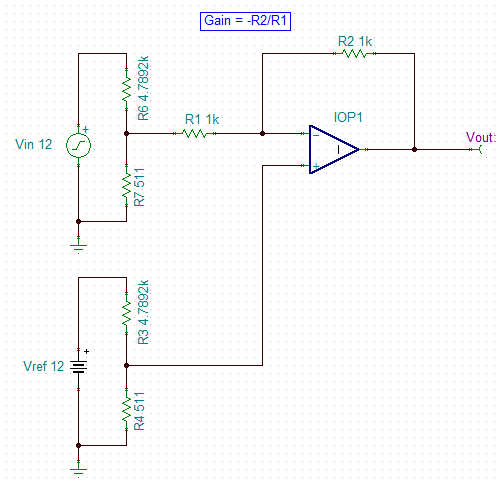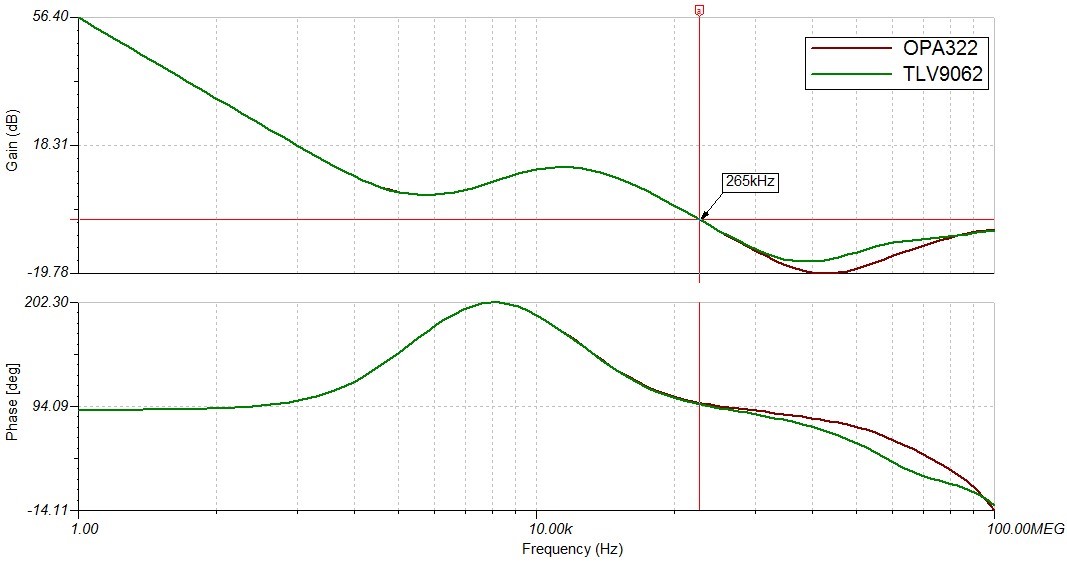Other Parts Discussed in Thread: OPA322, TL431, TLV9062
Hello team,
We intend to promote TLV9061 to my customer to replace OPA322, their application would be a feedback error amplifier, but RD is concerning about TLV9061 BW=10MHz is lower than OPA322 BW=20MHz which may have potential risk.
Can you comment if TLV9061 is OK for error amplifier application? any concerning about BW=10MHz?
The power supply system working frequency is 65KHz, so the fco should be < 6.5KHz.
Thanks,




